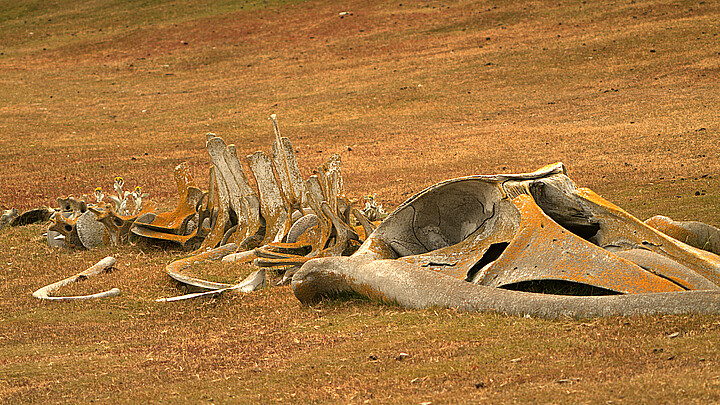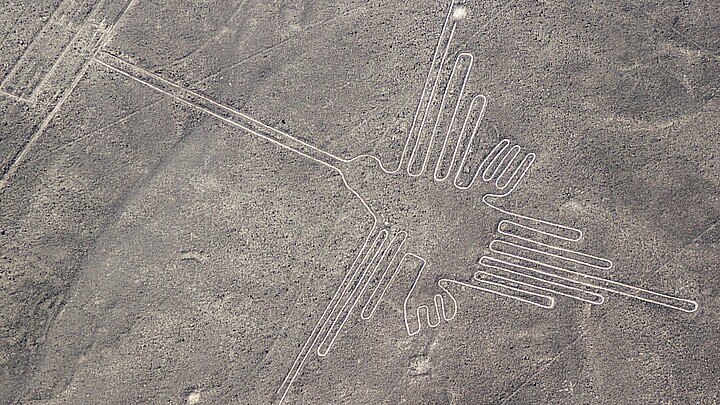Culture
Archaeologists discover 500-year-old Inca bath in Peru
The bath was found in the Huanuco Pampa archaeological site in central Peru, near the archaeological complex of the “House of the Inca"

April 17, 2023 12:11am
Updated: April 17, 2023 9:26am
Archaeologists in Peru discovered an Inca bathing complex built more than 500 years ago, giving insight into the traditions of the ancient civilization’s elites.
The bath was found in the Huanuco Pampa archaeological site in central Peru, near the archaeological complex of the “House of the Inca.” It is “finely carved” and averages 6.6 feet in depth (two meters). The bath has independent pools and spillways, as well as a central passage, to allow water to flow into two small platforms, Peru’s culture ministry said in a statement.
Descubren antiguo baño ceremonial inca, en Huánuco.
— NMás (@nmas) April 14, 2023
El baño descubierto por los arqueólogos está ubicado en el sector Inkawasi o Casa del Inca de la zona arqueológica Huánuco Pampa, en la región central de Huánuco.
Fotos: Reuters pic.twitter.com/YbfgZk1Bat
While the exact purpose of the bath is still unclear, archaeologists believe it may have been used for religious purposes among elite members of the Inca Empire, which ruled the area more than half a century ago.
The ministry added that the baths that belonged to the rulers were structures commonly associated with restricted and hierarchical areas of the settlements, such as temples.
Additionally, the structure was similar to "more hierarchical, restricted and sacred spaces within the Inca administrative centers, because rather than having a utilitarian or hygienic function, they also served for religious functions and worshiping ancestors," said Luis Paredes Sanches, project manager at Huanuco Pampa.
Huanuco Pampa, located about 800 miles north of Cusco, is part of the Qhapaq Nan project, a road complex that stretches out more than 25,000 kilometers, linking Ecuador, Colombia, Peru, Bolivia, and Argentina.
Peru is home to thousands of archaeological sites, spanning from the world-famous site of Machu Picchu in Cusco and the 1,500-year-old Nasca lines in the country’s coastal desert region. The road was designated a cultural heritage of humanity by UNESCO in 2014.








